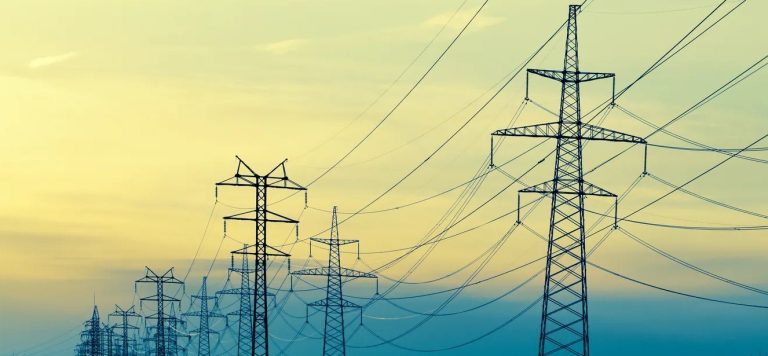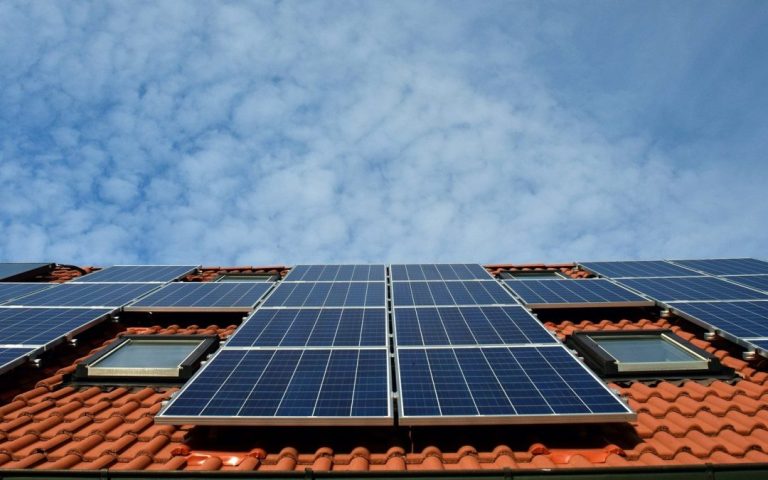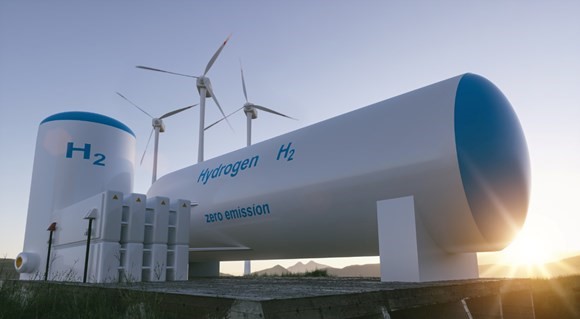Leading utility specialist Fastflow Group, a subsidiary of United Living Infrastructure Services, has been chosen to rebuild a key Pressure Reduction Station (PRS) in North London. The c. £4 million project, on behalf of gas giant Cadent, will keep the energy flowing safely and reliably for many generations. With the old Tottenham Holder Station demolished, the new PRS set to be constructed off Albany Road, Tottenham. Once operational, it will adjust gas pressure, enabling it to be fed into the local gas distribution network, supplying thousands of homes, businesses and community facilities. The scheme also involves replacing ageing pipes with tough new ones, ensuring better connectivity and improved resilience of the gas network. The PRS rebuild forms part of the broader redevelopment of the area, supporting the £6 billion Meridian Water scheme that will deliver over 10,000 homes and thousands of new jobs in Enfield over the next 20 years. As well as supporting the delivery of new homes and jobs, the PRS rebuild will take place on a ‘clean construction site’, with minimal CO2 emissions and noise pollution, helping to drive a low carbon economy, support a green recovery and help deliver the UK’s clean growth strategy. Several innovative technologies are to be employed on-site to reduce carbon emissions, including trialling a Hydrogen fuel cell, zero-emission temporary welfare units, hybrid machinery, HVO fuel, Green Concrete, battery-powered hand tools, electric vehicles, and solar panel lighting towers. The predicted CO2 saving over a standard construction process is a massive 274.45T/CO2e, a significant reduction, which will help Cadent work towards its net zero ambitions. With the construction part of the rebuild scheduled to be completed by mid 2022, Andrew Hejdner, Senior Project Manager, Cadent Capital Delivery, said: “Cadent has a longstanding relationship with Fastflow and it’s great to see both the engineering and sustainability challenges being addressed in a collaborative way with passion and enthusiasm. “Decarbonising construction is a dilemma the whole industry faces and some of the initiatives being deployed at the Tottenham project will showcase what is possible. Over a short space of time I’m hopeful this technology will become business as usual meaning we can really make inroads into reducing our carbon footprint.” Benn Cottrell, Managing Director, Fastflow Group / United Living Infrastructure Services, added: “We’re pleased to have been chosen by Cadent for this exciting project and bring our engineering expertise to help secure safe gas supplies for years to come. Taking on this vital installation, with its specific challenges, is a project to which our team is looking forward. We’re already getting started on the planning in order to deliver safely and efficiently for Cadent. “The construction and infrastructure industry traditionally use a significant amount of energy to deliver critical projects that shape the communities in which we live. To counteract this, it is our responsibility to modernise the energy consumption approach and help reduce carbon emissions from our operations. “While creating energy-efficient buildings and infrastructure is key, it’s just as important to reduce the impact on the environment during the construction of these buildings. With solutions such as hydrogen fuel cells, hybrid machinery, clean, renewable fuel, we can improve our sustainability practices and reduce the impact construction sites have on the environment, as our industry strives towards meeting its carbon reduction targets”. Cadent is the UK’s biggest gas network. It ensures gas reaches more than 11 million customers, by maintaining and upgrading networks that include more than 80,000 miles of pipes, with new connections added every day. Placed end to end, that amount would already stretch more than three times around the world.













